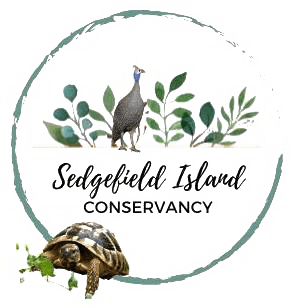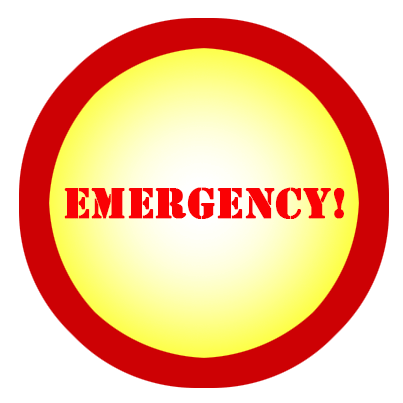Biomes and Biodiversity
Biomes on the Island
The brightly coloured photograph above this text is unusual. Mostly, in nature you are in one biome, surrounded by it for relatively great distances. That photo contains 4 different biomes: mudflats, reeds & sedges, (a hint of) Cape dune fynbos, and, in the background, Goukamma dune fynbos.
Siyavulasays that "Biomes are regions with similar climate and geography. The key factors determining climate are average annual precipitation (rainfall) and temperature. These factors, in turn, depend on the geography of the region, such as the latitude and altitude of the region, and mountainous barriers. The specific conditions of biomes determine the plant and animal life found within them. "
Because our estuary is mostly tidal, the mudflats are part of the estuarine biome too. All that in a tiny part of a suburb. We really are fortunate to be able to live in Sedgefield!
Biodiversity
Because those diverse biomes all support different populations of plants and animals, the Island has a surprising biodiversity too, ranging from the sand prawns of the mudflats, the frogs of the reeds to the birds and vast number of fynbos plant species in the Cape dune fynbos.
Biodiversity refers to the variety of life on Earth, encompassing the diversity of species, ecosystems, and genetic variation within species. It is a measure of the health of ecosystems and is crucial for maintaining the balance of natural processes, such as nutrient cycling, climate regulation, and water purification. Biodiversity also provides resources like food, medicine, and raw materials, and contributes to cultural and aesthetic values.
Example of a System of Interdependent Organisms:
A classic example of a system where the loss of one link can destroy the entire ecosystem is a coral reef ecosystem. Coral reefs are highly diverse and rely on a delicate balance of interdependent organisms. Here's how it works:
1. Corals: The foundation of the reef, corals have a symbiotic relationship with zooxanthellae (microscopic algae). The algae provide corals with nutrients through photosynthesis, while corals provide the algae with a protected environment and access to sunlight.
2. Herbivorous Fish: These fish, such as parrotfish, feed on algae that grow on the reef. Without them, algae can overgrow and smother the corals, preventing them from thriving.
3. Predatory Fish: Predators like groupers and snappers keep herbivorous fish populations in check, ensuring a balance in the ecosystem.
4. Invertebrates: Creatures like sea urchins also help control algae growth, while others, like cleaner shrimp, maintain the health of fish by removing parasites.
5. Microorganisms: Bacteria and other microbes recycle nutrients, ensuring the reef remains productive.
What Happens if One Link is Lost?
If one key species is removed, the entire system can collapse. For example:
- If herbivorous fish are overfished, algae can overgrow and suffocate the corals.
- Without corals, the reef structure erodes, destroying habitats for fish and other organisms.
- The loss ofpredatory fish can lead to an overpopulation of herbivores, which can also disrupt the balance.
This interdependence highlights the importance of biodiversity and the fragility of ecosystems when key species are lost.

Protecting our Natural environment whilst creating a better environment for people.
+27 (0)83 376 7846
Quick links
Follow us
Newsletter
Subscribe now to get our newsletter.
Created with © systeme.io




